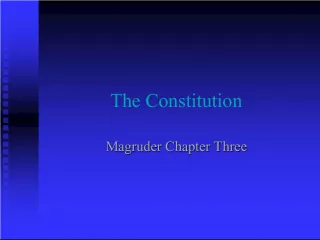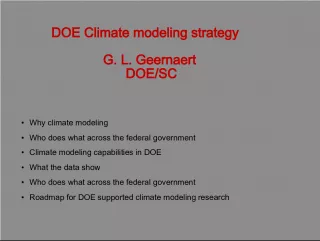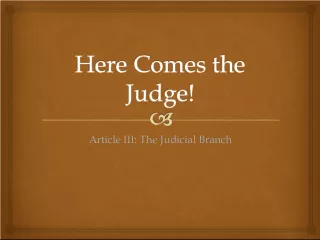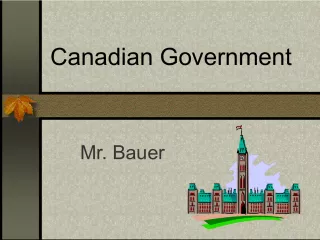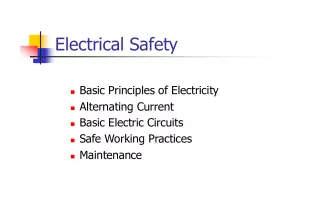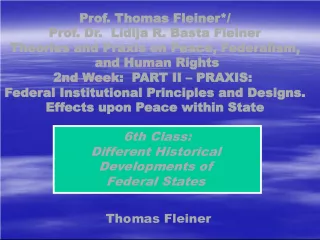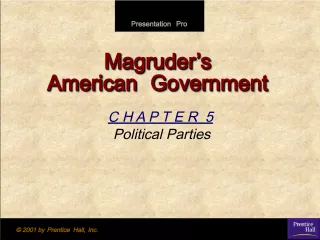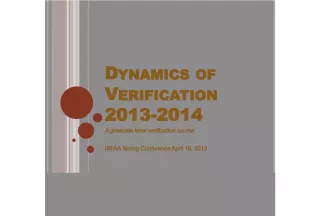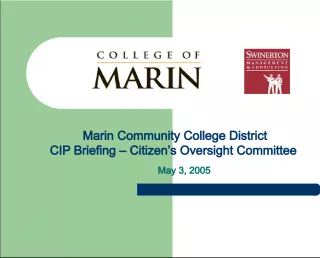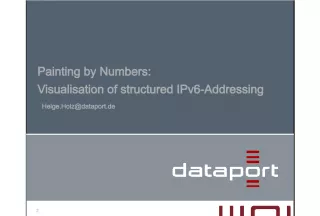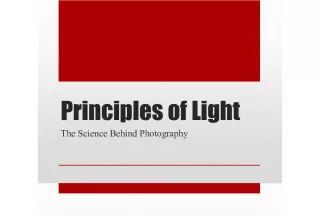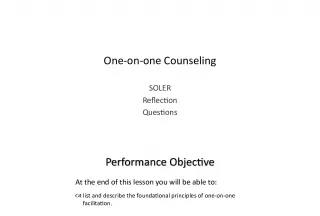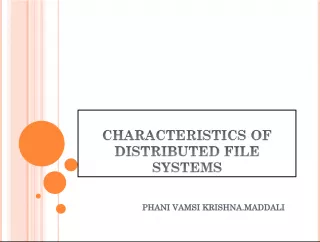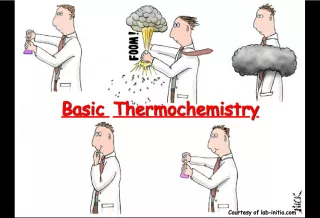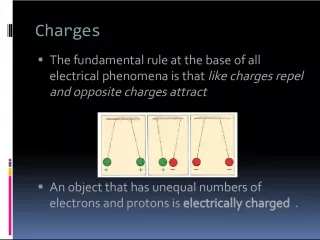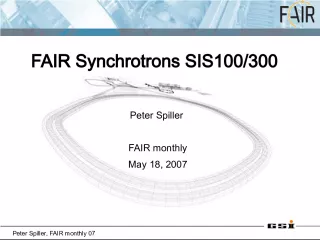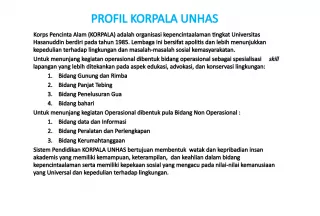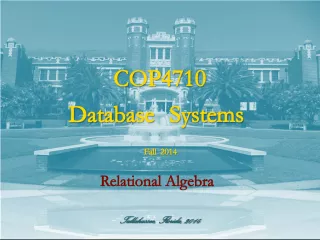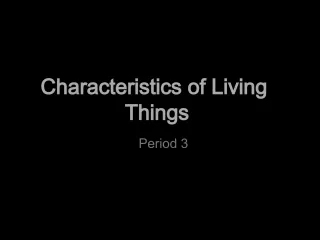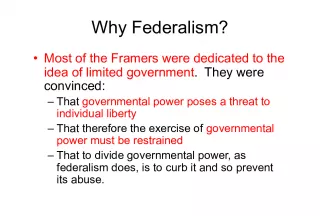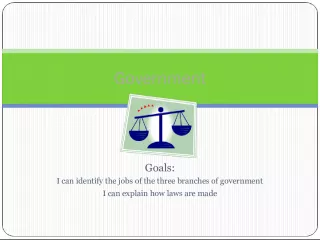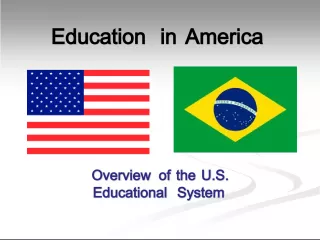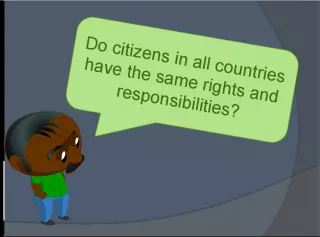Basic Principles Guiding the Organization and Operation of the Federal Government
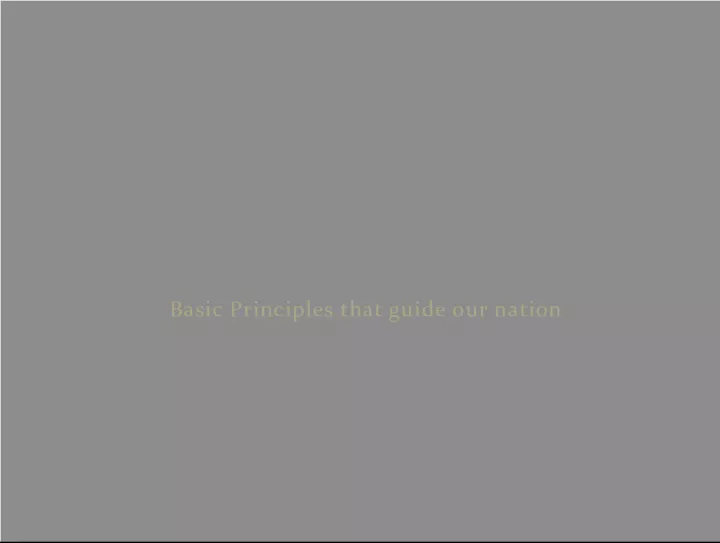

This section of the text outlines the fundamental principles that govern our nation and how the Federal Government is organized. It explains how the leaders of the government are selected, as
- Uploaded on | 1 Views
-
 brooke
brooke
About Basic Principles Guiding the Organization and Operation of the Federal Government
PowerPoint presentation about 'Basic Principles Guiding the Organization and Operation of the Federal Government'. This presentation describes the topic on This section of the text outlines the fundamental principles that govern our nation and how the Federal Government is organized. It explains how the leaders of the government are selected, as. The key topics included in this slideshow are . Download this presentation absolutely free.
Presentation Transcript
Slide1Basic Principles that guide our nation
Slide2Section 3.1
Slide3Lays out the ways in which the Federal Gov. is organized How the leaders of that Gov. are selected Many of the procedures thaose leaders must follow as they perform duties **** Sets out the limits within which the Gov. must conduct itself Strength: deals largely with matters of basic principles, organized and straight forward, built around 6 basic principles
Slide47 Articles of originaldocument Preamble- states the purpose of the constitution Art. 1- creates the legislative branch Art. 2- creates the Executive branch Art. 3- creates the Judicial branch Art. 4- Relations among the states Art. 5- amending the constitution Art. 6- Nat’l debts, supremacy of nat’l law, oaths of office Art. 7- ratifying the constitution Popular sovereignty Limited government Separation of powers Checks and balances Judicial review Federalism 6 basic principles
Slide51. Popular Sovereignty The people are the ONLY source for any and all gov’t power. Preamble a good representation People give the power, gov’t exercises the power, but that gov’t is chosen by the people 2. Limited Government No gov’t is all-powerful Gov’t can only do what the people say it can Constitutionalism- Gov’t must obey the law Rule of law- limited gov’t, gov’t and officers are subject to, never above the law
Slide63. Separation of powers Basic powers are distributed, separated, among 3 distinct branches of gov’t. The president can’t exercise judicial or legislative powers for example U.S. power is separated between: President/Congress/the courts 4. checks and Balances Each branch of Gov’t is subject to a number of constitutional checks(restraints) by other branches. Each branch has power to check on the other 2 Congress can make law, but the Pres. can VETO
Slide75. Judicial Review The power of a court to determine the constitutionality of a gov’t action If something is found illegal, or violating a part of the constitution, it is unconstitutional 6. Federalism The division of power among a central gov’t and several regional gov’ts Colonists rebelled against a distant central gov’t Framers constructed the federal arrangement with division of powers as a compromise Framers believed: Gov’t power poses a threat to individual liberty Exercise of gov’t power must be restrained Dividing gov’t power curbs it and prevents it’s abuse
